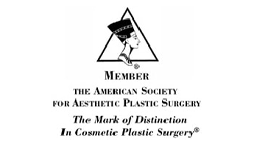Breast Augmentation: Saline vs Silicone (part 1 of 7)
Consultation for breast implant surgery (augmentation) is a challenging process, as there are many options to be considered. This 7-part series is intended for those of you interested in the surgery but confused by the choices involved.
Breast Augmentation: Saline vs Silicone (part 1 of 7)
Beautiful results from breast implant surgery results from excellent surgical technique, but it also relies on informed decisions by our patients. One decision you must make is implant composition. Both Saline and Silicone implants have an outer silicone shell. Saline implants can be inserted through a very small incision and are then inflated via a tube with sterile salt water, but they feel ‘fake’, like bags of water. This is important in someone who is relatively thin, as the edges of the implant will be easily felt and perhaps even seen. Saline implants are more likely to deflate and require replacement. They are about ½ the price of silicone implants. Silicone implants are filled with silicone gel that creates a more natural feel, and will not spill around the chest as did the old obsolete liquid silicone implants. Saline implants are used less commonly than Silicone, but are a good option in the young A-cup patient who has no fold under her breast in which to hide an incision and so elects an armpit incision. They are also popular in patients who aren’t sufficiently confident in silicone gel.
Yes, many patients at our Toronto cosmetic plastic surgery practice leave the decision of Saline vs. Silicone to us, but your participation in the surgical plan may help you obtain a result that is perfect for you.















